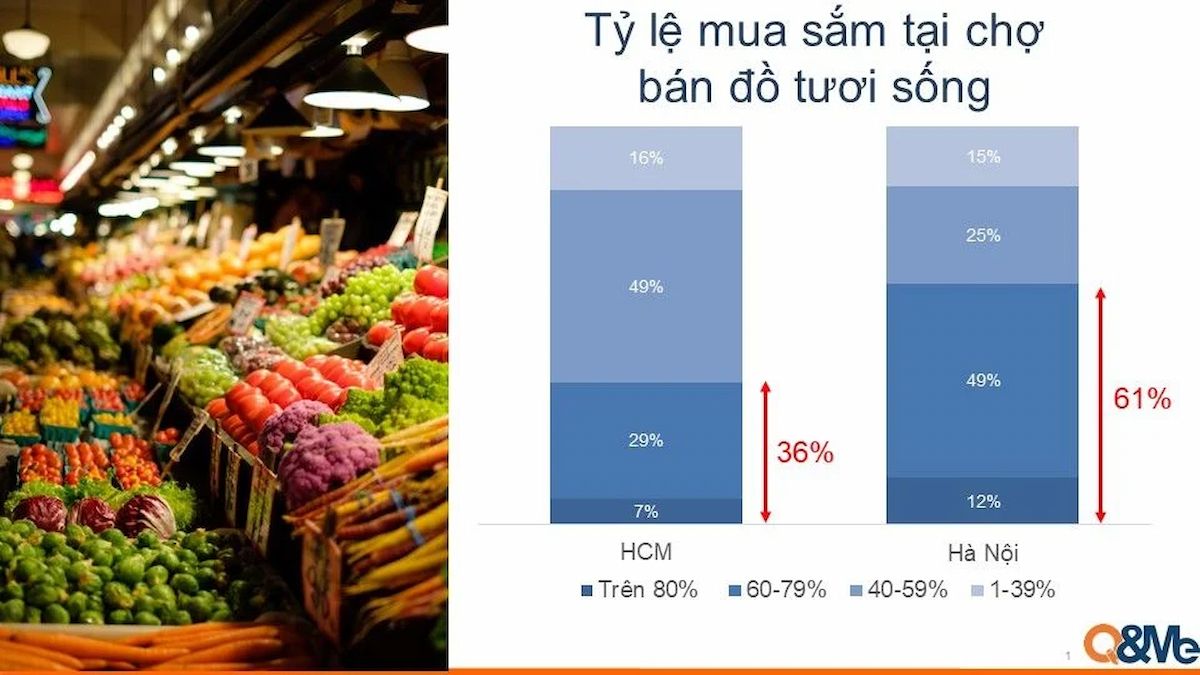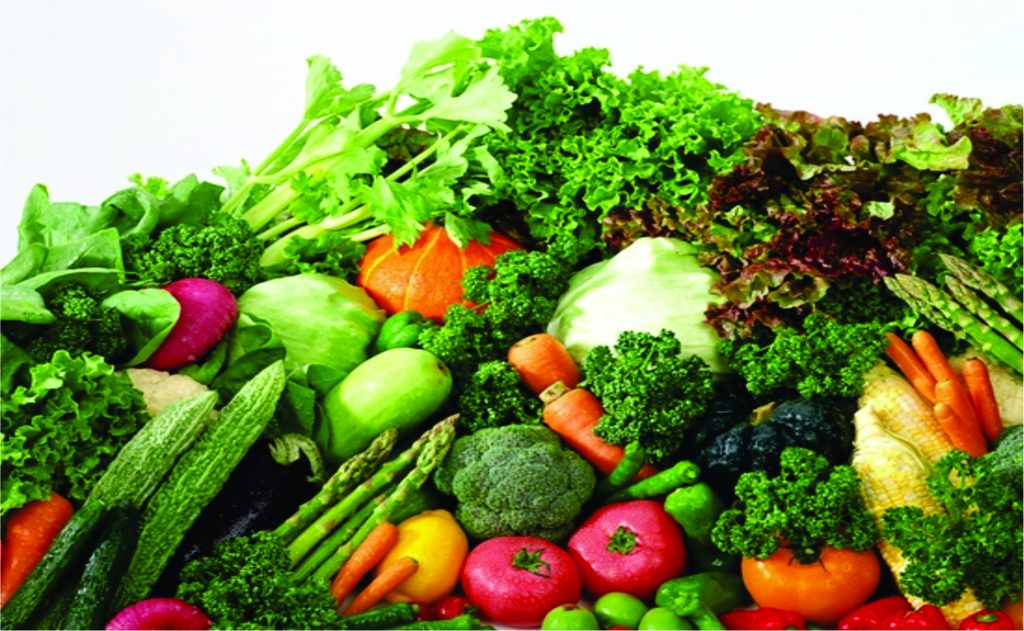No products in the cart.
Blog
Hướng Dẫn Mua Sắm Thực Phẩm Tươi Sống Tại Nhật Bản: Bí Quyết Tiết Kiệm Và Chọn Lựa Sản Phẩm Chất Lượng
[

Hướng Dẫn Mua Sắm Thực Phẩm Tươi Sống Tại Nhật Bản: Bí Quyết Tiết Kiệm Và Chọn Lựa Sản Phẩm Chất Lượng

Introduction

Japan, renowned for its fresh, high-quality produce and meticulous food culture, can initially seem daunting for those unfamiliar with its supermarket landscape. Navigating the aisles, deciphering labels, and understanding pricing strategies are crucial for both enjoying delicious meals and managing your budget effectively. This comprehensive guide will equip you with the essential knowledge and tips to confidently shop for fresh food in Japan, ensuring you get the best value for your money while experiencing the vibrant culinary scene. We’ll delve into the nuances of Japanese supermarkets, seasonal produce, smart shopping strategies, and selecting the freshest ingredients. Prepare to become a savvy shopper in the land of the rising sun!
Hiểu Về Các Loại Cửa Hàng Thực Phẩm
Navigating the diverse landscape of Japanese grocery stores is the first step to successful shopping. From large supermarkets to smaller, specialized stores, each offers a unique experience and selection. Understanding the distinctions between these stores will help you optimize your shopping strategy.
- Supermarkets (スーパーマーケット – Sūpā Māketto): These are your go-to stores for a wide variety of everyday groceries, from fresh produce and meats to packaged goods and household items. They often have competitive prices, especially with sales and loyalty programs.
- Convenience Stores (コンビニ – Konbini): While primarily known for their convenience, konbinis also offer a surprisingly good selection of fresh and prepared foods, particularly for quick meals or snacks. Expect higher prices than supermarkets.
- Specialty Stores (専門食料品店 – Senmon Shokuryohinten): These stores focus on specific products, such as fishmongers (魚屋 – Uoya), butchers (精肉店 – Seinyukuten), and greengrocers (八百屋 – Yaoya). They usually offer superior quality and freshness but at a higher price point.
- Farmers’ Markets (直売所 – Jikubaisho): These markets offer the freshest produce directly from local farmers. Prices can vary, but you’ll often find unique and seasonal items not found in larger supermarkets. They are fantastic for experiencing truly authentic Japanese ingredients.
- Discount Supermarkets (ディスカウントスーパー – Disukaunto Sūpā): These stores prioritize value, offering lower prices on a range of groceries. While selection might be slightly more limited, they’re perfect for budget-conscious shoppers.
- Department Store Food Halls (デパートの食料品売り場 – Depāto no Shokuryōhin Uribā): Located within department stores, these food halls offer an impressive selection of high-quality, often premium, food products. Prices are typically higher, but the quality and presentation are unmatched.
Mẹo Chọn Đồ Ăn Tươi Sống Chất Lượng
Choosing the freshest produce and meats is paramount to preparing delicious Japanese meals. Paying close attention to specific details can greatly impact the quality of your ingredients.
- Check for Appearance: Look for vibrant colors, firm textures, and an absence of bruises or blemishes. For leafy greens, ensure they are crisp and not wilted. For fruits, a pleasant aroma often indicates freshness.
- Examine Packaging: Pay attention to packaging dates (賞味期限 – Shōmi Kigen – best before date; and 消費期限 – Shōhi Kigen – expiration date). Opt for items with dates further in the future. Also, check for any signs of damage to the packaging.
- Ask for Assistance: Don’t hesitate to ask store staff for help. They’re often happy to assist you in selecting the best produce or explain the characteristics of different cuts of meat or fish. This is particularly helpful if you’re not familiar with Japanese varieties.
- Seasonal Selection: Embrace seasonal produce! Japan’s culinary calendar is rich with seasonal ingredients, and they’ll always be at their peak flavor and freshness during their respective seasons. Check local markets or supermarkets for displays highlighting seasonal items.
- Know Your Fish: If buying fish, pay attention to its eyes (should be clear and bright), gills (should be red), and texture (should be firm and moist). Don’t hesitate to inquire about its origin and freshness.
- Understand Grading Systems: Japanese supermarkets often use grading systems to indicate quality. Familiarize yourself with these systems, as they can be particularly useful when purchasing fish, meat, and rice.
Kỹ Thuật Tiết Kiệm Khi Mua Sắm Thực Phẩm
Shopping smart in Japan can save you a significant amount of money. By implementing a few key strategies, you can optimize your grocery budget without compromising on quality.
- Utilize Sales and Coupons: Supermarkets frequently have sales and offer coupons, especially on seasonal produce. Check store flyers and websites for deals.
- Compare Prices: Don’t automatically assume that a particular brand or store always offers the best price. Compare prices between different supermarkets and brands to find the best value.
- Buy in Bulk (When Appropriate): For items you frequently use and that have a long shelf life, buying in bulk can be cost-effective. However, be mindful of storage space and potential food waste.
- Plan Your Meals: Planning your meals in advance can minimize impulse purchases and reduce food waste. Create a shopping list based on your planned meals, and stick to it.
- Take Advantage of Loyalty Programs: Many supermarkets offer loyalty programs that provide discounts or points for regular purchases. Enroll in these programs to reap the rewards.
- Shop at Multiple Stores: Don’t be afraid to shop at multiple stores to get the best deals on different items. For example, you might buy meat from a butcher and produce from a farmers’ market to maximize value.
Làm Thế Nào Để Đọc Hiểu Nhãn Mác Sản Phẩm
Understanding food labels is crucial for making informed choices and avoiding unwanted ingredients or allergens. Japanese food labels, while often detailed, can be challenging for non-Japanese speakers.
- Ingredient List (原材料名 – Genzairyoumei): The ingredient list is usually presented in descending order by weight. This helps you identify the main ingredients.
- Expiration Dates (賞味期限/消費期限 – Shōmi Kigen/Shōhi Kigen): As mentioned earlier, differentiate between Shōmi Kigen (best before) and Shōhi Kigen (use by) dates.
- Nutritional Information (栄養成分表示 – Eiyōseibun Hyōji): Look for this section to check calorie count, fat content, and other nutritional information.
- Allergen Information (アレルギー物質 – Arerugī Busshitsu): Pay close attention to the allergen information, particularly if you have any allergies. Common allergens are clearly labeled.
- Manufacturing Information (製造者 – Seizōsha): The manufacturer’s information is important for tracing the product’s origin and quality.
- Certification Marks (認証マーク – Nin’shō Māku): Look for certification marks that indicate organic, fair-trade, or other quality standards. These marks can help you identify products that meet your ethical or dietary preferences.
Cách Sử Dụng Ứng Dụng Mua Sắm Thực Phẩm Trên Điện Thoại
Mobile applications are revolutionizing the way people shop for groceries worldwide, and Japan is no exception. Leverage apps to your advantage to streamline your shopping experience and find the best deals.
| App Name | Key Features | Pros | Cons |
|---|---|---|---|
| Rakuten Ichiba | Wide selection, competitive pricing, loyalty program, frequent sales and discounts | Large variety, convenient, good rewards program | Can be overwhelming due to sheer size and number of merchants |
| Amazon Japan | Vast selection, fast delivery, competitive prices, convenient payment options | Excellent selection, fast and reliable shipping, user-friendly interface | Might not always have the freshest produce |
| Ponta | Supermarket loyalty program, earn points for purchases, redeem for discounts | Rewards program, integrates with many supermarkets | Limited to participating stores |
| Coop Delivery | Convenience store delivery, available in urban areas, quick delivery for everyday needs | Extremely convenient for quick top-ups, wide availability | Limited range, potentially higher prices than in-store purchases |
| Yahoo! Shopping | Comprehensive platform, wide range of sellers, price comparison feature | Good price comparison, wide selection | Can be more challenging to navigate compared to dedicated apps |
Conclusion
Mastering the art of grocery shopping in Japan is a rewarding experience that enhances your culinary journey and helps you manage your budget effectively. By understanding the various types of stores, prioritizing fresh ingredients, implementing smart shopping strategies, and learning to decipher food labels, you’ll be well-equipped to navigate the Japanese supermarket landscape confidently. Remember to embrace the seasons, seek out local farmers’ markets, and leverage the power of mobile apps to maximize your shopping experience. Enjoy the incredible array of fresh, high-quality food available in Japan!

Bài viết rất hữu ích! Mình thấy phần hướng dẫn chọn rau củ quả tươi ngon quá chi tiết và dễ hiểu. Cảm ơn tác giả nhiều nha!
Hay quá! Đọc xong bài này mình thấy tự tin hơn khi đi chợ Nhật rồi. Tuyệt vời!
Mình thấy bài viết thiếu thông tin về các loại hải sản tươi sống. Phần về thịt cũng hơi sơ sài.
Thêm thông tin về app đặt đồ ăn online thì bài viết sẽ hoàn hảo hơn đó. Nhiều siêu thị Nhật có app đặt hàng tiện lợi lắm!
Tôi không đồng ý với quan điểm của tác giả về việc chọn cá hồi. Cá hồi Na Uy cũng rất ngon mà! Tác giả thiên vị quá.
À há, bí quyết tiết kiệm đây rồi! Mua đồ ăn ở Nhật mà tiết kiệm được thì chắc mình phải trở thành triệu phú mất! (Cười lớn)
Bài viết hay đấy, nhưng mà đọc xong mình vẫn thấy rối rắm quá trời. Chắc tại mình ngu quá.
Mấy mẹo này chắc chỉ dành cho dân chuyên nghiệp thôi. Mình đọc mà thấy hoang mang quá trời, đi chợ Nhật về chắc khóc mất!
Rất bổ ích! Tuy nhiên, mình nghĩ nên bổ sung thêm phần hướng dẫn về cách bảo quản thực phẩm tươi sống sau khi mua về để giữ được độ tươi ngon lâu hơn nha.
Bài viết này… Ôi trời ơi, đọc xong mình thấy như lạc vào mê cung vậy. Quá nhiều thông tin, khó hiểu quá!